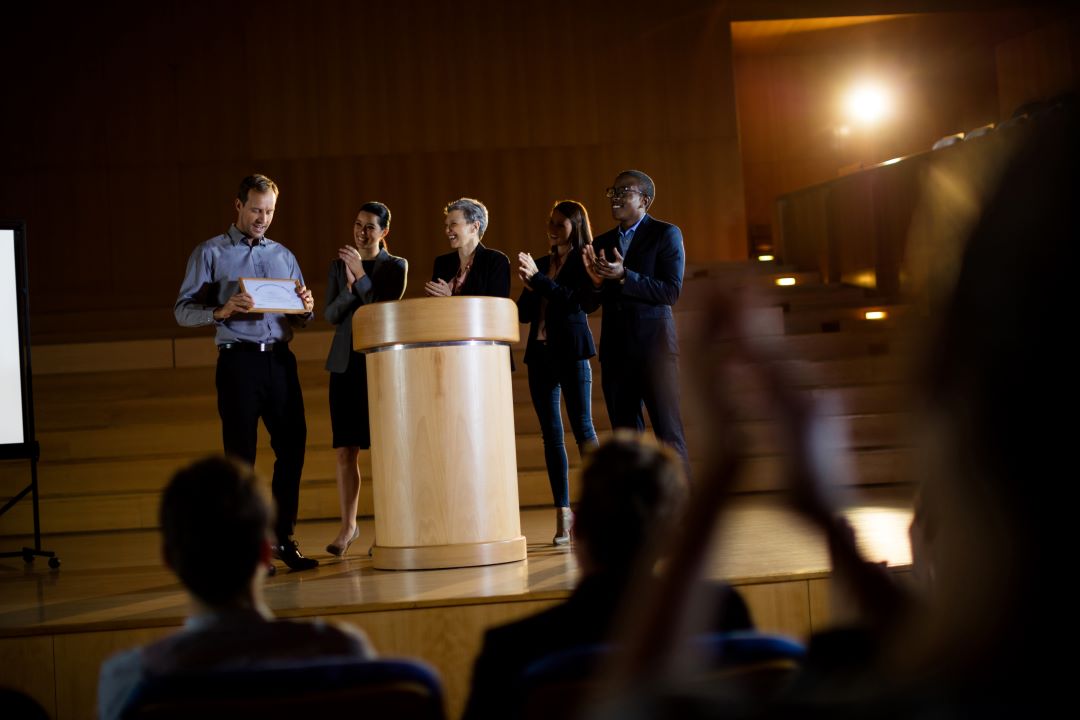Rewards and Recognition: Things to remember
In today’s competitive business landscape, employee recognition and rewards (R&R) programs have become increasingly crucial for attracting, retaining, and motivating top talent. A well-designed R&R program can significantly impact employee morale, engagement, and productivity, contributing to the overall success of the organization. However, conducting effective R&R programs requires careful consideration and strategic implementation.
Understanding and acknowledging the emotions of your employees is the first step. Recognition is not a one-size-fits-all concept. Some may appreciate public acknowledgment, while others may prefer a more private form of recognition. Be attuned to the preferences and feelings of your team members.
Things to remember: Hosting a Rewards and Recognition Event
- Make it Personal: Personalized recognition goes a long way in demonstrating genuine appreciation. Acknowledge individual contributions, tailor rewards to personal preferences, and consider handwritten notes or verbal praise.
- Enable Gamification: Gamify the R&R program by incorporating points, badges, and leaderboards. This approach can add a fun and engaging element, motivating employees to participate and achieve recognition milestones.
- Provide Learning and Development Opportunities: Offer opportunities for employees to enhance their skills and knowledge through training programs, workshops, or conferences. Investing in their professional growth demonstrates appreciation and encourages continuous development.
- Motivate with Monetary Incentives: Monetary incentives, such as bonuses, gift cards, or profit-sharing programs, can be powerful motivators. However, ensure that monetary rewards align with employee expectations and are proportional to the recognized achievements.
- Floating Offs/Holidays and Bonus as Rewards: Consider offering floating holidays or additional days off as rewards for exceptional performance or significant contributions. These rewards provide valuable time for relaxation and rejuvenation, further boosting employee morale.
- Magnify Recognition: Publicly acknowledge employee achievements through newsletters, company-wide announcements, or social media posts. This type of recognition brings attention to their efforts and sets a positive example for the entire organization.
- Use Technology to Share Achievements: Leverage technology to share employee achievements and recognition milestones. Create a dedicated platform or utilize internal communication channels to showcase employee successes and foster a culture of appreciation.
Rewards vs Recognition
It’s essential to distinguish between rewards and recognition. While both are crucial, they serve different purposes:
Rewards: Tangible incentives such as bonuses, gift cards, or extra time off.
Recognition: Verbal praise, acknowledgment, and appreciation for a job well done.
Understanding the balance between rewards and recognition ensures a holistic approach to appreciating employees.
Statistics on Employee Recognition
- 70% of employees feel that recognition for good work is important to their morale. (SHRM)
- 63% of employees say that recognition from their manager would make them feel more valued. (TINYpulse)
- Companies with strong R&R programs have a 22% higher retention rate than those without. (Aon Hewitt)
- Companies with strategic recognition reported a 23.4% decrease in turnover.
- 69% of employees say they would work harder if they felt their efforts were better appreciated.
- 78% of employees say being recognized motivates them to do a better job.
Ideas for R&R
Looking for creative R&R ideas? Here are some to spark inspiration:
- Virtual Appreciation Wall: Create a digital space where team members can publicly recognize and appreciate their colleagues.
- Customized Gifts: Personalize gifts to make them unique and meaningful, such as engraved items or personalized experiences.
- Peer-to-Peer Recognition Program: Encourage team members to recognize and appreciate each other’s contributions through a formalized program.
- Professional Development Opportunities: Offer courses, workshops, or mentorship programs as a form of recognition for professional growth.
Effective R&R programs are not just about giving out rewards; they are about creating a culture of appreciation, respect, and recognition within the organization. By following these strategies and incorporating these ideas, you can foster a workplace where employees feel valued, motivated, and inspired to contribute their best. Remember, R&R is an ongoing process, and continuous evaluation and improvement are essential for ensuring its effectiveness.
DEIjobs: Connecting You to a World of Inclusive Careers
DEIjobs opens the door to a world of inclusive career possibilities. Connect with employers who value diversity, actively seeking candidates with disabilities, women, LGBTQ+ individuals, war veterans, and women on a career break. Seize the chance to propel your career forward – join DEIjobs now!




